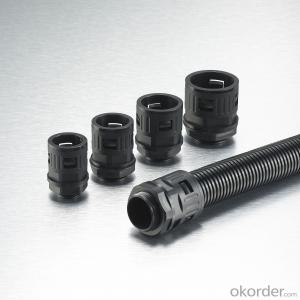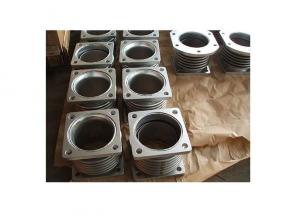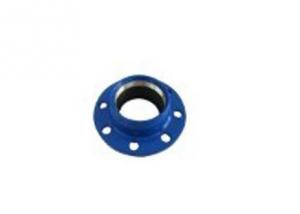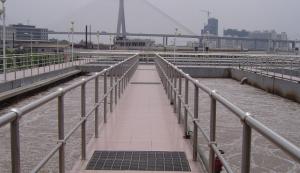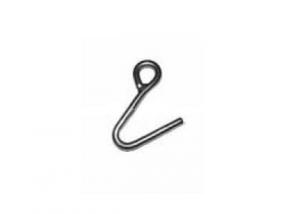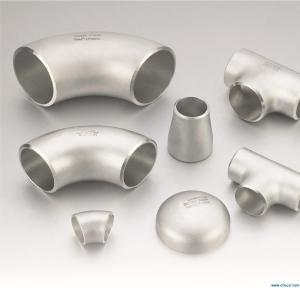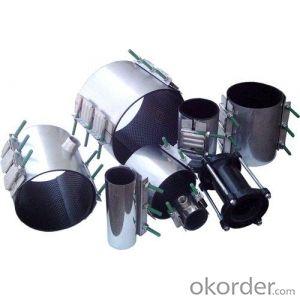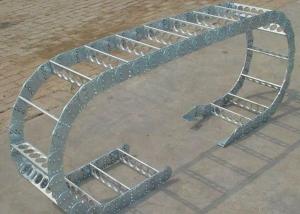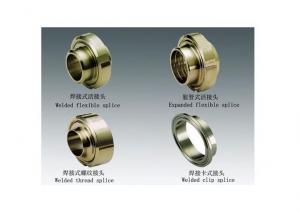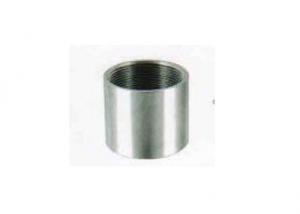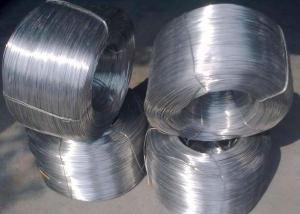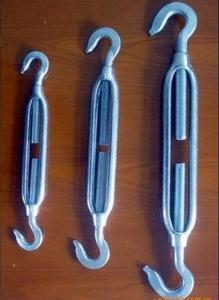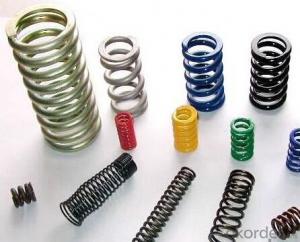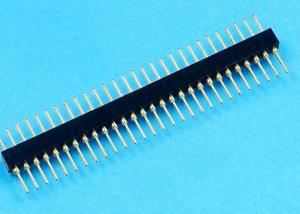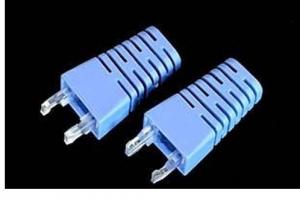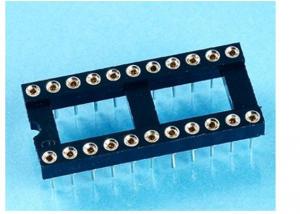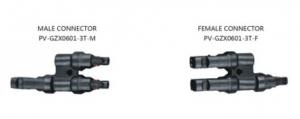Stainless Steel Quick Connect
Stainless Steel Quick Connect Related Searches
Stainless Steel Coupling Stainless Steel Tie Wire Stainless Steel Ties Stainless Steel Hardware Stainless Steel Keychain Stainless Steel Zip Tie Stainless Steel Adhesive Stainless Steel Near Me Cut Stainless Steel Restore Stainless Steel Cheap Stainless Steel Stainless Steel Zip Ties Stainless Steel Access Door Stainless Steel Elements Stainless Steel Restoration Stainless Steel Lock Stainless Steel Conductivity Stainless Steel Strap Stainless Steel Rope Chain Stainless Steel Conduit Stainless Steel Door Stainless Steel Cross Chain Stainless Steel Shop Near Me Stainless Steel Thermo Stainless Steel Supply Stainless Steel Cool Stainless Steel Magnet Stainless Steel Glue Stainless Steel Stainless Stainless Steel GateStainless Steel Quick Connect Supplier & Manufacturer from China
Stainless Steel Quick Connect is a range of high-quality, reliable, and durable products designed for various fluid control applications. These products are engineered to provide a secure and efficient connection between different components in various industries, such as plumbing, automotive, and industrial equipment. The stainless steel construction ensures that these connectors are resistant to corrosion and can withstand harsh environments, making them a popular choice among professionals and consumers alike.The Stainless Steel Quick Connect products are widely used in various scenarios where quick and secure connections are required. They are ideal for applications such as water supply systems, fuel lines, and hydraulic systems, where a fast and leak-free connection is essential. These connectors are easy to install and require minimal maintenance, making them a convenient solution for both residential and commercial use. The versatility of Stainless Steel Quick Connect products allows them to be used in a wide range of settings, from simple household repairs to complex industrial installations.
Okorder.com is a leading wholesale supplier of Stainless Steel Quick Connect products, offering a vast inventory to cater to the needs of various industries. As a reputable online platform, Okorder.com ensures that customers have access to a wide selection of high-quality Stainless Steel Quick Connect products at competitive prices. With their extensive inventory and commitment to customer satisfaction, Okorder.com has become a trusted source for professionals and businesses seeking reliable and efficient fluid control solutions.
Hot Products
